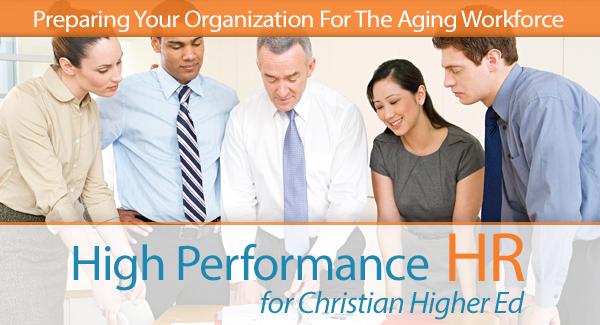
Preparing Your Organization For The Aging Workforce
Huge changes in the labor force draw near. Here’s how to get prepared!
Baby Boomers are a very influential demographic of people born after World War II, in the years 1946‒1964, and will soon represent a whopping 40 percent of the workforce. In 1950, only one in six workers were over the age of 55. In less than two decades, one of every four workers will be over age 55. Multigenerational organizations are now the norm, with many organizations employing people who are in their sixth or seventh decade of life.
The impact is enormous. It will continue to affect the workplace everywhere in the U.S. Some Boomers plan to retire, leaving giant gaps and a vortex-style “brain drain” across most industries. Others will stay working or shift to part-time employment, creating new challenges most organizations are unaware of or unequipped to handle. Either way, the costs could be devastating, so preparing now is crucial.
Activate These 3 Concepts to Avoid Trouble:
(1) Retention
Economic woes have resulted in most Boomers not being ready for retirement at the normal age range of 62 to 70. The AARP reports that a full 25 percent of Boomers have no savings on which to retire whatsoever, and a mere 14 percent plan to retire when the time comes. Nevertheless, only 52 percent of organizations have policies to rehire retired workers. Ensure that your organization is ready for this inevitability.
(2) Train for the Talent Gap
Many Boomers have vast working experience, crucial expertise, and command top pay. Too few organizations are utilizing Boomers to train younger workers while they are still around. Job mentoring, job shadowing, and job sharing with younger workers are three important options to make the transition less painful. Move quickly to create programs to train younger workers alongside Boomers before it’s too late. Additionally, more sophisticated recruitment and hiring programs are needed to find qualified and competent talent in a shrinking pool with a wider age spectrum.
(3) Accommodate
Most organizations are not prepared to accommodate aging workers; so work-related disability claims are expected to rise sharply. That’s expensive! Take steps now to create a safe and accommodating work environment to avoid injuries and to make working less stressful for an older workforce. A Human Resources consultant can assess what changes are necessary to avoid workplace injuries and boost morale.
Those Boomers who want to continue working often face discrimination and prejudice. In truth, this population typically comprises excellent workers who are far more flexible, able to learn, and more technologically savvy than the persisting stereotype would have us believe. Plus, employment laws protect them against unfair hiring practices. Avoid lawsuits and potential problems by knowing the law and complying with it. If you have not read this article regarding HR legal compliance, please do so.
According to the Sloan Center on Aging and Work, organizations can do a lot to ensure that Boomers work to an older age and do well on the job. Flexible work options, participation in decisions, chances to develop new skills and competencies, and regular engagement will help Boomers succeed in your organization for years to come. By valuing them properly, you will mutually reap the rewards.
As the demographic shifts, many organizations will experience disruption or harm—but it doesn’t have to be your organization! Right now is the time to make sure that you are prepared for the biggest demographic shift in the history of American labor.
______
In His Name HR helps organizations build high performance Human Resources programs. Visit them at In HIS Name HR or e-mail them here.
Mark A. Griffin is the founder and chief consultant of In His Name HR LLC. Connect with him on LinkedIn or Twitter.

